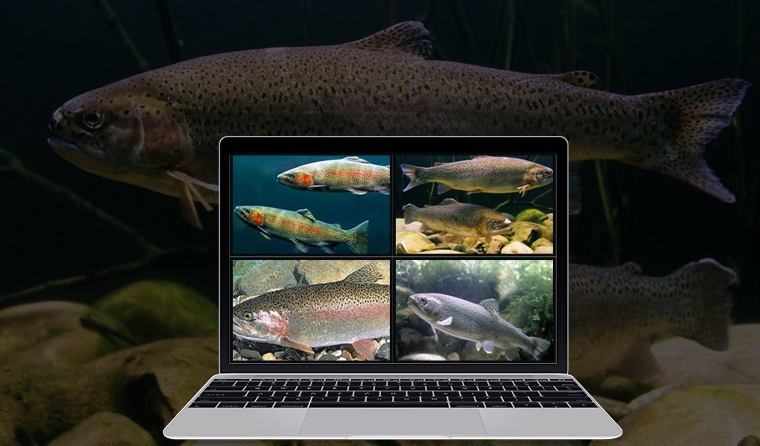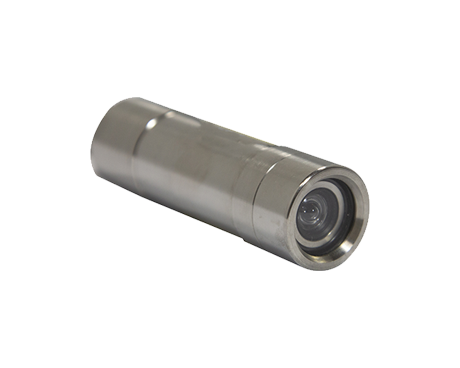What Are the Advantages of Using Underwater Aquaculture Cameras in Rainbow Trout Farming?
Hits: 714 Time: October 28,2025

In rainbow trout farming, the core advantage of using underwater aquaculture cameras is overcoming the limitations of manual observation and enabling refined, efficient management, which is specifically reflected in three aspects: cost control, risk avoidance, and aquaculture quality improvement.
-
Cut labor input: There is no need for staff to frequently go into the water or patrol around the ponds. It is especially suitable for scenarios such as deep-water cages and large-scale culture ponds. One person can manage multiple aquaculture units through the monitoring system, significantly saving labor costs.
-
Optimize feed consumption: Observe the feeding status of rainbow trout through real-time images to accurately control the feeding amount. This avoids feed waste and water pollution caused by over-feeding, or stunted growth due to under-feeding, indirectly reducing the subsequent cost of water quality adjustment.

-
Detect and treat diseases early: Clearly capture symptoms of rainbow trout such as changes in body color, abnormal swimming (e.g., solitary swimming, lethargy), and surface damage (e.g., fin rot, ulcers). It detects diseases 1-2 days earlier than traditional sampling inspections, buying time for treatment and reducing mortality.
-
Timely check for facility issues: Visually inspect whether the aquaculture cages are damaged, whether the oxygenation equipment is aerating normally, and whether the water inlets are blocked through the images. This prevents rainbow trout from escaping or dying of oxygen deficiency due to facility failures.

-
Dynamically monitor growth status: Record videos regularly to compare the size and size uniformity of rainbow trout at different stages. Adjust the stocking density (e.g., cage separation), water temperature, and feed formula in a timely manner to ensure consistent quality of marketable fish.
-
Trace the aquaculture process: The stored monitoring data can serve as an "aquaculture log". If problems occur in subsequent adult fish testing, it is possible to trace back to check whether they are caused by sudden environmental changes, abnormal feeding, etc. At the same time, it can also prove the standardization of the aquaculture process to the market and enhance product competitiveness.
For more information about underwater aquaculture camera, please visit the homepage.


